Elf
Elf is the catchall term for a clade of ancient mortals that originally descended from a population of sentient fey spirits indigenous to the Feywild. They include several subraces, including the high elves, who dabble in the arcane and rule in cities across Holos; the wood elves, who dwell in the deep wilds and contemplate their place within Nature's embrace; the drow, who descend from those that betrayed the other mortals and followed Ozha-Ban into the Doom Caverns during the Reckoning of Temekan; and the eladrin, the oldest of the elves who still reside within the Feywild and are almost more magic than mortal. Elves can be found on most of Holos's continents, save Teroa, and have played an important role in shaping the histories and cultures of the world. Today, many elven cultures are in decline, thanks to their low birth rates and newfound population pressures. Yet many still hope that in this new Sundered Era, the magic of the elves will see them through and help them reach new heights.
Basic Information
Anatomy
Elves are characterized by their fey grace and fine features that make them seem decidedly ancient and arcane. They are slightly shorter than humans, ranging from under 5 feet to just over 6 feet tall. They are known for being slender and for seeming to carry less weight for their mass, with little to no difference between the sexes in terms of weight.
Different elf subraces vary in skin tone, with high elves tending to be paler with fairer hair than wood elves, who have decidedly more earthen complexions and hair colors. The drow's appearances have been altered by generations spent in the Doom Caverns and Shadowfell, with their hair turning translucent white and their skin ranging from charcoal to obsidian. Eladrin, because of their unique magical essence have no fixed skin tone or hair color instead changing hues with the seasons in the Material Plane or their location within the Feywild.
Elves struggle to grow facial and body hair, and usually only sport beards into their final century of life. Elves are known for having particularly colorful eyes that reflect their fey heritage and tapered ears, which many elves see as a sign of virility and beautify with earrings, gemstones, ribbons, and other accessories.
Genetics and Reproduction
Because of their long life spans, elves have the longest gestation period of any mortal, clocking in at around five years. Much of that time, an elven fetus remains in the embryonic stage of development. The elven fetuses require certain conditions to be met in order to grow to the proper stages. This includes the mother consuming important herbs, resting under a clear night's sky, and getting regular exercise. All of these activities are things that would be easy for the elf's ancestor to do in the Feywild, but present challenges in the Material Plane. Elf mothers rarely miscarry, instead the embryos are able to go into a stasis, waiting until the right conditions are met in order to advance in their stage of embryonic development.
Additionally, elf women have far fewer eggs than other mortal races. The average number of elf children is two, with twins being common and with seven total offspring being the maximum. This further constrains population growth and ensures that every child born to an elven family has a great deal of pressure to continue the species.
Because of the complexity of elven reproduction, elves in the Material Plane have seen their numbers drastically decline over the past millennia leading to cultural shifts like elven purity standards and inter-community bride exchanges.
Growth Rate & Stages
Elves are the longest lived of the mortal races, regularly reaching 300 years old and some even living up to 500 years. The adolescent and subadult periods for elves is about twice as long as it is for humans, with elves reaching sexual maturity around age 30 and emotional maturity around age 50. Most communities of elves don't consider children to have achieved adulthood until age 40, upon which they are permitted to take spouses and leave the care of their parents.
Ecology and Habitats
Elves can be found on every continent in Holos, save Teroa and across the many planes that connect to it. High elves are found in the most diverse locations, from Iskendra to Lumarin. Wood elves prefer to live in the wild places of the world, usually in areas with dense foliage. Few drow societies exist on the surface of Holos, with most residing in the Doom Caverns or the Underdark. Beyond Holos, many drow call the Shadowfell's Haunted Wood their home and pray to the dark forces that exist in this mirror to their ancestral lands in the Feywild. Similarly, eladrin rarely venture beyond their homes in the Feywild, feeling disconnected and lost without an anchor to the Seelie Court and Unseelie Courts.
Dietary Needs and Habits
Elves can survive on far less food than most other mortal races. Moreover, most elves gain more nutrition from consuming food raw or only slightly cooked than other races.
Additional Information
Perception and Sensory Capabilities
Elves have remarkable sensory abilities thanks to their fey heritage. They are fully proficient in Perception and can see in darkness up to 60 ft., with drow being able to see even further in complete darkness. Not even sleep impedes an elf's perception abilities, as they require only four hours of sleep per day in order to remain rested.
Civilization and Culture
History
Elves are believed to have been created, not by the gods of the Heavenly Council, but by the fey themselves. They were called the Eladrin, and were once the embodiment of the Feywild and lived among their gods as their children. Upon the Bridging of the Planes during the Dawn Era, some eladrin journeyed to the Material Plane and established themselves as another one of the Elder Races. Those that remained remained the eladrin and those that ventured forth were called elves. They integrated well with the aasimar, who recognized their divine heritage and included them in many of the early Mithril Era's kingdoms and cities. However, with the Reckoning of Temekan, some elves forgot their fey heritage and used their gifts to aid the then-mortal necromancer, Ozha-Ban. When the Reckoning occurred, most of these elves were killed and only a few escaped with their master deep into the Underdark and the Doom Caverns where they still reside. The dark magics of the Doom Lich twisted and corrupted the elves until they became the drow.
During the next age, the elves that remained on the surface became an integral part of the great Palladian Empire. As the elites, these elves oversaw the enslavement of many other races, creating great enmity between the elves and the dwarves and the dragonborn. Soon, however, their connection to their fey heritage waned as their connection to the vices of materialism grew. This only exacerbated the Palladian elves's exploitation of the Material Plane and further deepened their plight. Such misfortune climaxed with the Sundering Arcana, which led to a great period of strife and the complete destruction of the Palladian social order. Yet from this destruction, the depleted elf population was blessed with a gift—the arcane powers of the Sundering had imbued them once more with fey magic. They were once more connected with their roots and took this as a sign.
Yet the sign was interpreted two ways: some believed that it meant that they were in fact destined to help guide the world as they had once done, but this time with compassion and arcane understanding. Others maintained it was a warning, to return to the old ways of living in nature and worshiping the fey as their ancestors had done but in the Material Plane. This schism led to the creation of the two main subraces—the high elves and the wood elves. The high elves salvaged what they could of the Palladian Era's technology and culture and tried to build societies with all the good of the Palladians and the new races that had arrived within the last century. The wood elves retreated to the wild places of the world, to build a society based around the beliefs of the fey and of nature and its need for balance. A rivalry emerged between the two, fueled by wars and disagreements and they have remained fractured ever since. It remains to be seen who's interpretation of the Sundering is the more accurate and the more fruitful.
Yet the sign was interpreted two ways: some believed that it meant that they were in fact destined to help guide the world as they had once done, but this time with compassion and arcane understanding. Others maintained it was a warning, to return to the old ways of living in nature and worshiping the fey as their ancestors had done but in the Material Plane. This schism led to the creation of the two main subraces—the high elves and the wood elves. The high elves salvaged what they could of the Palladian Era's technology and culture and tried to build societies with all the good of the Palladians and the new races that had arrived within the last century. The wood elves retreated to the wild places of the world, to build a society based around the beliefs of the fey and of nature and its need for balance. A rivalry emerged between the two, fueled by wars and disagreements and they have remained fractured ever since. It remains to be seen who's interpretation of the Sundering is the more accurate and the more fruitful.
Interspecies Relations and Assumptions
Among the mortal races, none seem to have greater enmity towards one another than the dwarves and the elves. Most scholars trace this conflict back to the Palladian Era, when the Palladian Empire—a largely elven and aasimar state—agreed with the dwarven Empire of Shanindar that they would abstain from conscripting dwarves into slavery. This agreement, though never recorded in any official document, was apparently widely believed by the citizenry of both empires. However, around the mid-Palladian Era, when large numbers of human migrants began arriving in the Palladian Empire, the Palladians reneged on this agreement and began attacking border towns in the Shanindar and taking dwarf prisoners to be sold as slaves. The dwarves, already uncomfortable with the vast plantation systems the elves had set up to control the labor of dragonborn, halflings, humans, and other monstrous races, became outraged and the King of the Shanindar declared war on the Palladians. So began a centuries long conflict, spanning multiple continents and decades of prolonged fighting. Both sides committed grave atrocities against the other, each in the name of their gods and kingdoms. Eventually, the Sundering Arcana broke the already-strained Palladian Empire and sent it into collapse. However, though the Palladians are no more and the Shanindar Empire is now a largely regional power, anger and resentment and bigotry still exists between the elves, who see the dwarves bloodthirsty interlopers, and the dwarves, who see the elves as arrogant sycophants.
Genetic Ancestor(s)
Origin/Ancestry
Fey
Lifespan
300-500 years
Average Height
4'9" - 6'11"
Average Weight
100-145 lbs
Related Organizations
Related Ethnicities

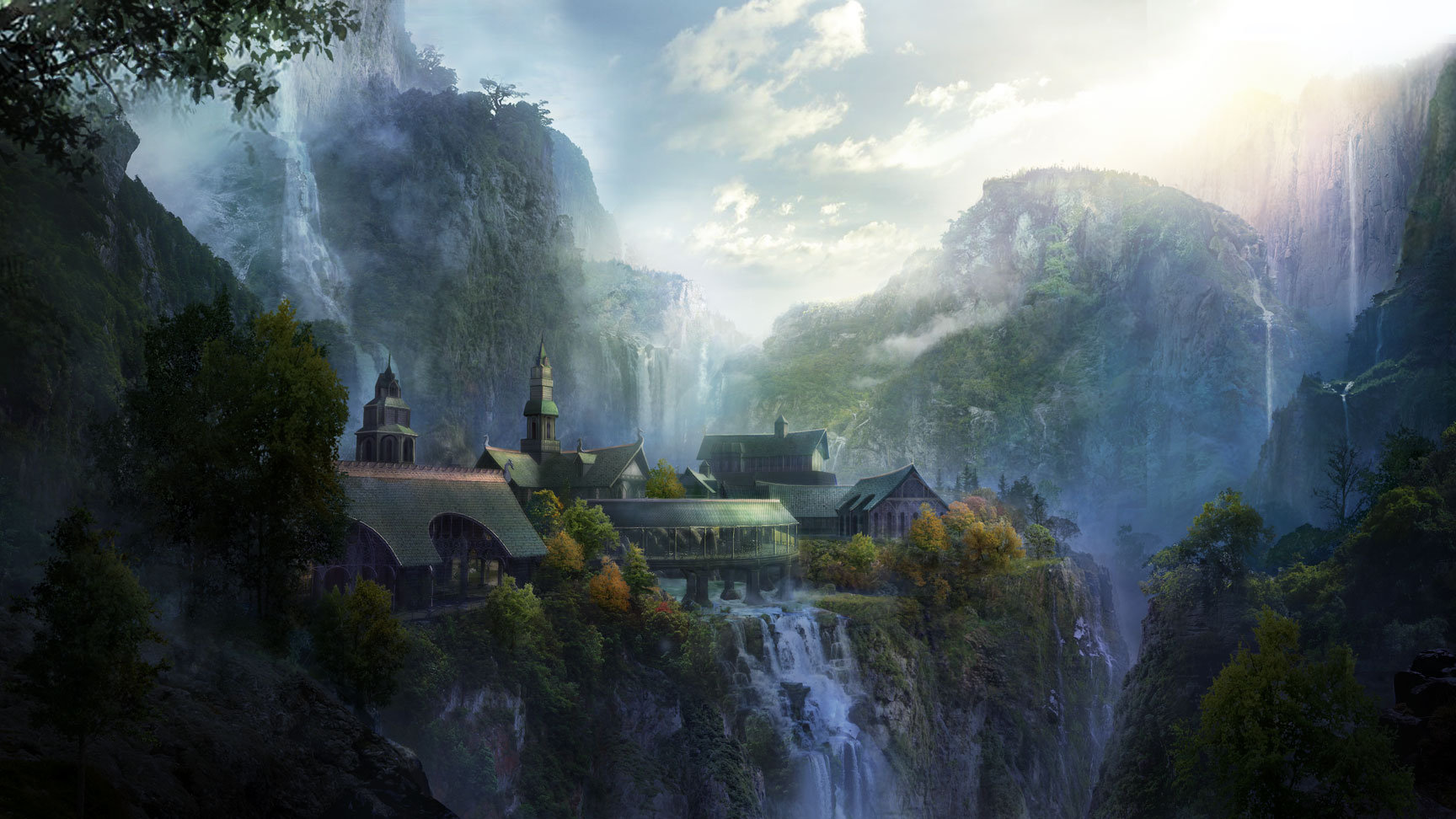
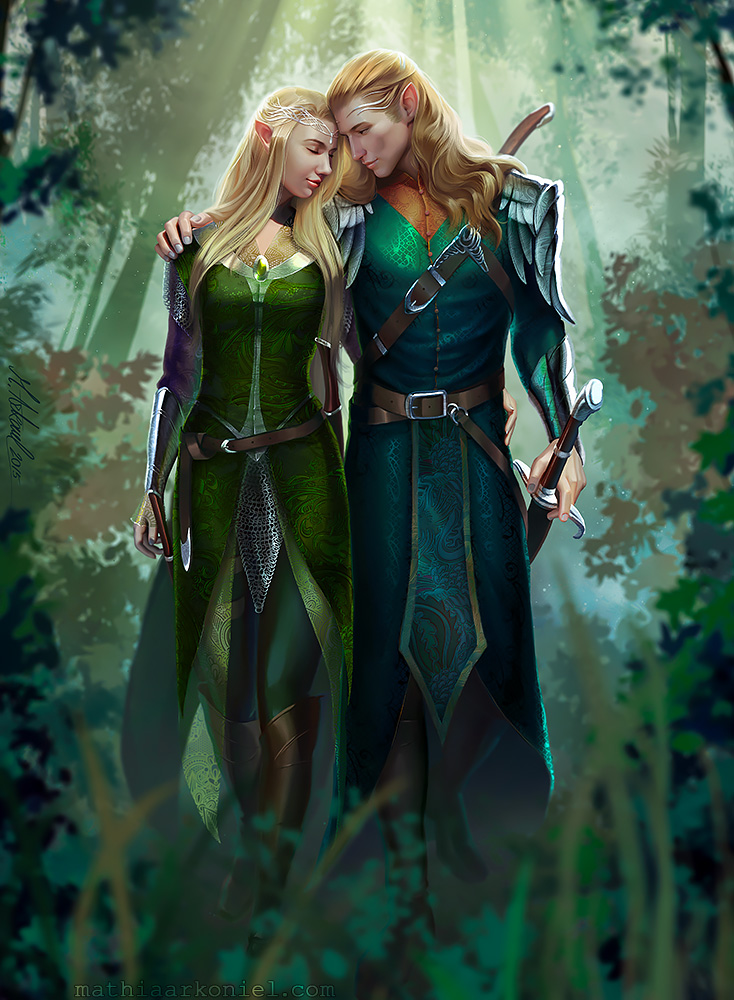

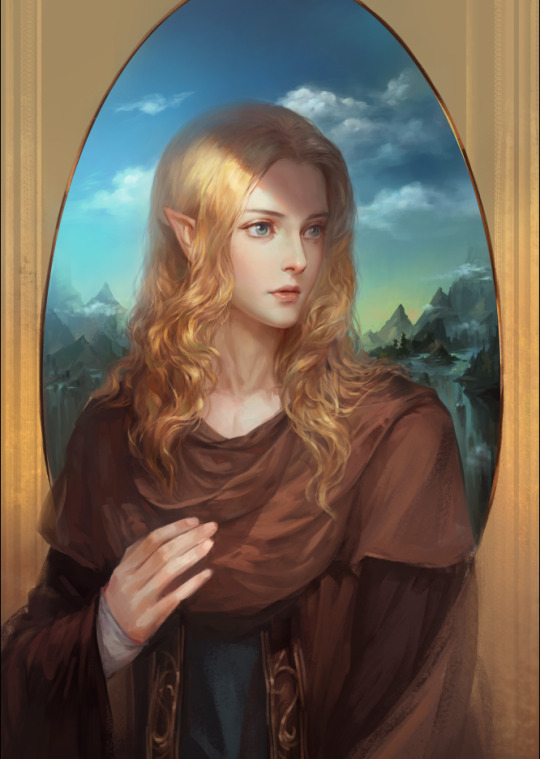
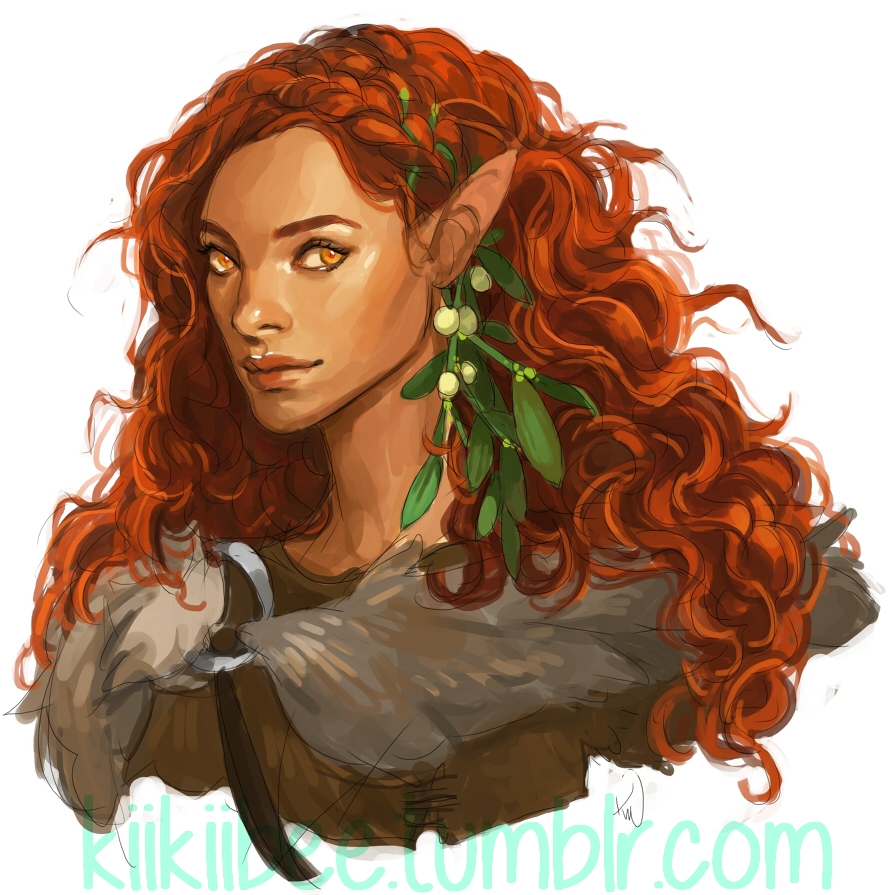
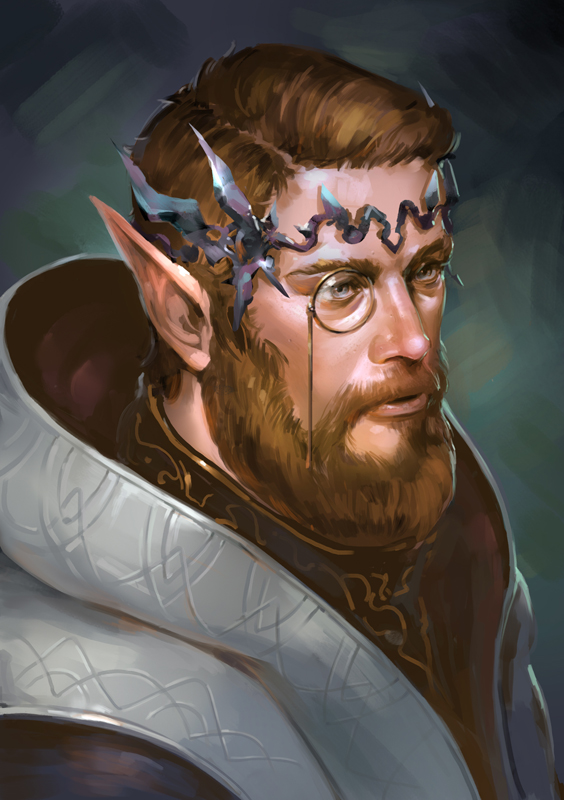
Comments